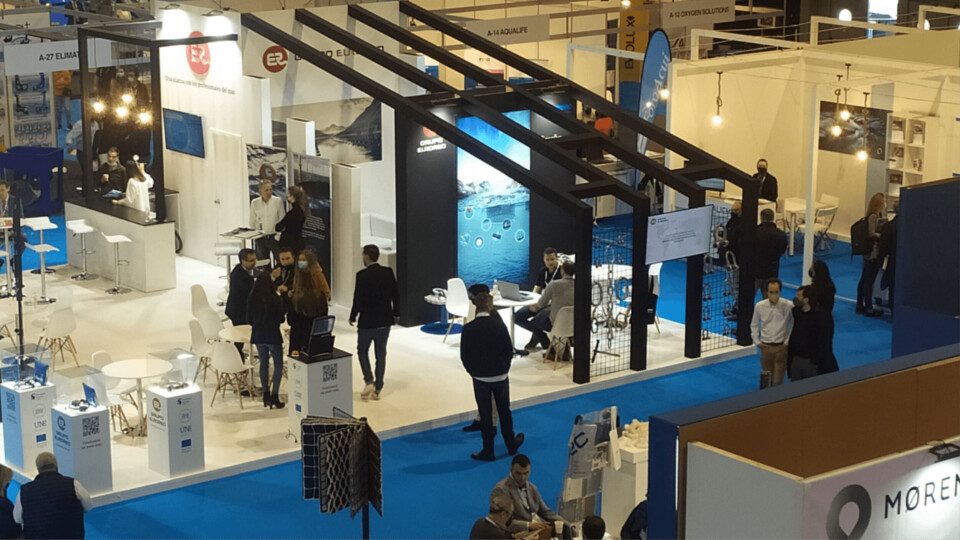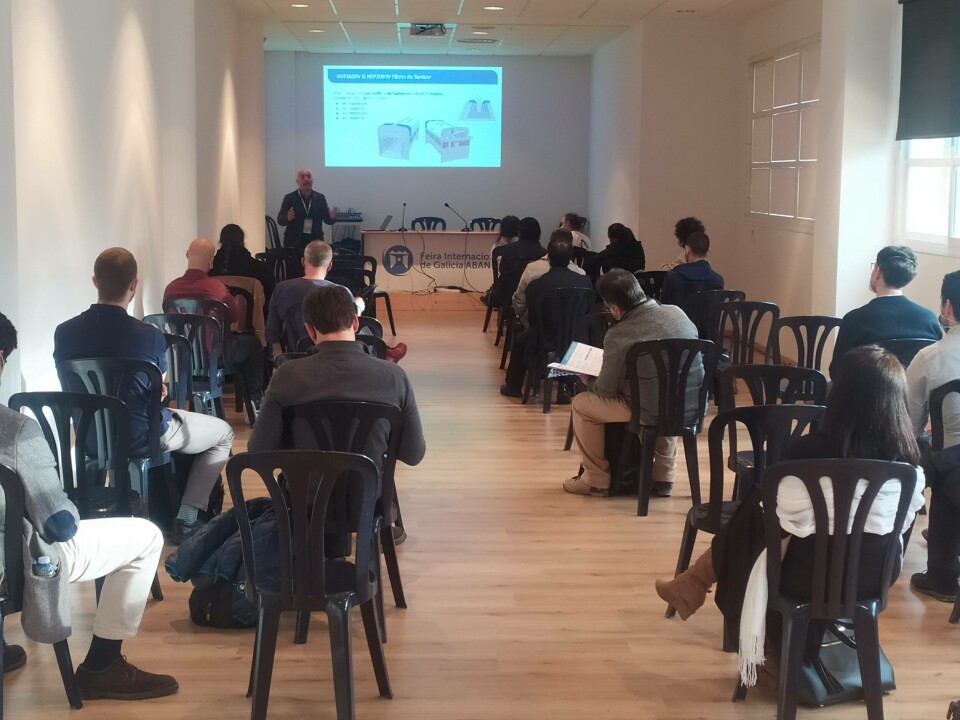
Spanish aqua show to return in 2023 after positive debut
The inaugural edition of an international aquaculture exhibition in Spain has been deemed a success after attracting 2,000 visitors.
Organisers of AquaFuture Spain, held last week at the Feira Internacional de Galicia ABANCA venue near Santiago de Compostela, now plan a bigger event next year.
They said the number of attendees was “a remarkable figure considering that it is a totally professional audience from a very specific sector, in addition to being the first call for the fair”.

Majority ‘very positive’
Exhibition space at the three-day event was extended four times for accommodate 152 companies and organisations from 23 countries.
“The vast majority [of exhibitors] have valued the fair very positively, highlighting that the profile of the visitors has led to interesting business meetings and confirming that they will be present again at the next edition,” said the organisers in a press release.
“There have [also] been many companies in the sector that have visited the fair and have been interested in participating in the next edition. Currently 24 of these companies have contacted to the organisers to be able to be present at the next AquaFuture Spain.”
Bigger next year
Organisers said the objective for next year is for the event to grow significantly and to consolidate, “allowing Galicia and Spain to have an aquaculture fair that is known throughout the world”.
They hope to have an exhibition area featuring “practically all of the most important companies in the sector, as well as a greater institutional presence and associations from both different Communities and other countries”.
In addition, networking spaces will be created.
AquaFuture Spain’22 included a number of round-table sessions, 24 presentations by firms from the sector, and seafood cookery demonstrations.
Scottish fish vaccination specialist Aqualife Services was one of the companies presenting. It introduced its Inoca semi-automatic vaccination machine, which requires fewer operatives and less training that manual vaccination.























































